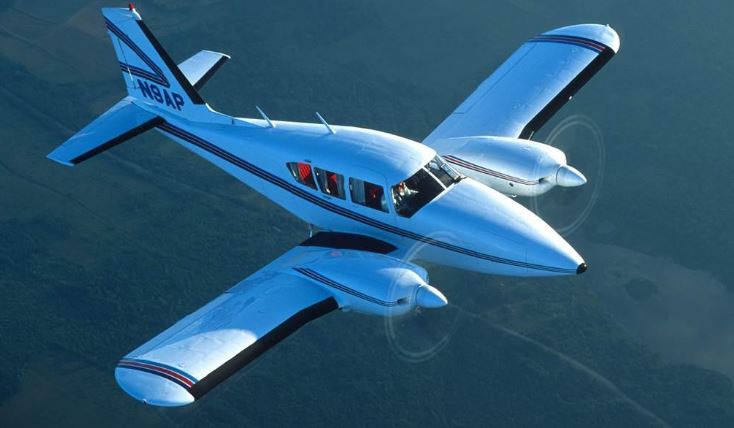
The Piper Aztec: A Marvel of Twin-Engine Power
The Piper Aztec is an iconic twin-engine aircraft that has left an indelible mark on aviation history. Manufactured by Piper Aircraft, this powerful plane was introduced to the aviation world in 1960. Initially designed for general aviation, it quickly found favor among both private pilots and commercial operators, offering superior versatility, performance, and robustness.
HISTORY
Born out of a desire to create a twin-engine, piston-powered aircraft that offered both power and comfort, Piper Aircraft unveiled the Piper Aztec in the 1960s. Over the years, it has undergone numerous upgrades and modifications, each iteration striving to improve upon the previous model's performance, safety, and comfort. The Piper Aztec holds a place in aviation history for its remarkable longevity and the significant impact it has made on general aviation.
DESIGN
The Piper Aztec is known for its classic, sturdy design. The aircraft has a wingspan of 37.2 feet and a length of 31.3 feet. Despite its relatively compact size, the aircraft can comfortably seat six people. The Aztec's robust construction and well-thought-out design make it a favorite among pilots, particularly for its impressive load-carrying capabilities and stability in flight.
PERFORMANCE
Equipped with two Lycoming engines, the Piper Aztec is capable of cruising at a top speed of 216 mph, reaching a maximum altitude of about 19,800 feet. Its range of 1,000 miles makes it a popular choice for cross-country travel. Additionally, its fuel efficiency, combined with a generous fuel tank capacity, allows for extended operations without the need for frequent stops, a feature appreciated by both private and commercial operators.
TECHNOLOGY
While the Piper Aztec may not boast the most modern technology, its strength lies in its proven, reliable systems. The avionics suite, while dependent on the specific model and upgrades, often includes communication radios, a GPS navigation system, and autopilot capabilities. The twin-engine configuration provides an added layer of safety, allowing for continued flight even if one engine fails.
VARIANTS
The Piper Aztec has several notable variants, each adding improvements to performance, avionics, or comfort. Among them are the PA-23-250, popularly known as Aztec B, Aztec C, and Aztec D. The variants mainly differ in terms of avionics upgrades, interior refinements, and slight tweaks to enhance overall performance.
OPERATORS
The Piper Aztec's versatility makes it popular among a wide range of operators. While commonly seen in general aviation, the Aztec has also found utility in flight schools, air taxi services, and even some military and governmental organizations for light transport and observation roles.
To say the Piper Aztec is a remarkable aircraft would be an understatement. Its influence on aviation history is profound, and its legacy continues to be written in the hands of those who fly it today. Share this post with fellow aviation enthusiasts and spread the word about this amazing aircraft!
PIPER AZTEC SPECIFICATIONS
| Specifications | Value |
|---|---|
| Wingspan | 37.2 ft |
| Length | 31.3 ft |
| Seating Capacity | 6 people |
| Max Speed | 216 mph |
| Range | 1,000 miles |
| Max Altitude | 19,800 feet |
| Engine(s) | Lycoming TIO-540 |
This article uses material from various web resources and Wikipedia article, released under the Creative Commons Attribution-Share-Alike License 3.0.

